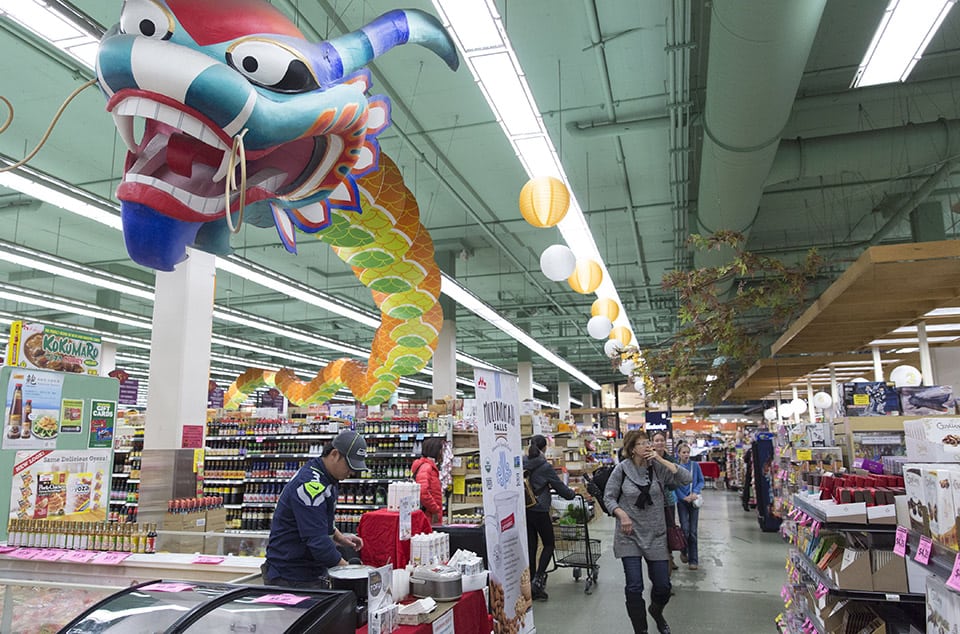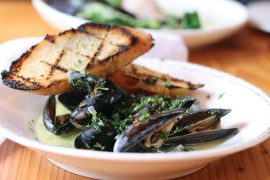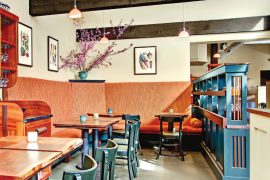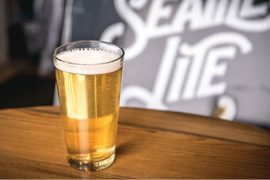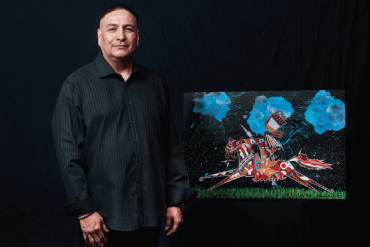written by Cathy Carroll | photos by Jason Redmond
It was a photo on Facebook that provoked the Pavlovian response. The image was of a friend traveling in Japan and wearing a cotton kimono-like robe just emerged from a mineral hot springs bath for a kaiseki dinner, a culinary feast of about a dozen small courses, highlighting tastes from mountain and sea presented on lacquer trays and bowls.
Instantly, memories flooded my mind of a misty evening near Kyoto more than a decade ago, when I had done the same. In an intimate room with paper-screened walls, seated on silk pillows on the grass tatami mat floor, I savored course after course. Silvery skin of a passport-sized grilled fish revealed delicate, white flesh. Umami of scarlet tuna sashimi. Tofu-and-seaweed laden miso soup and a parade of unidentifiable dishes. It went on as the sake flowed and the moon shone through high, thin clouds.
Longing to indulge in uncharted Asian culinary territory again, I didn’t need to get on a jet. I set off for Seattle, and went first to the Uwajimaya store. With more than 35,000 square feet of Asian specialty products, it is the flagship of the 86-year-old business. I began by circumnavigating the sprawling produce section, perusing the slender purple Japanese eggplants, oblong, bright-green nappa cabbage and firm stalks of lemongrass.
My pulse quickened with thoughts of what I might create, and I had not yet ventured toward vast sections of even more exotic fare. Filets of buttery black cod kasuzuke lay on beds of ice while live shellfish floated in tanks. Oxtail, chicken feet and deep maroon-and-ivory marbled beef, sliced paper-thin for sukiyaki, beckoned me to sizzle them in a hot pan. Aisle upon aisle of thick mahogany-brown and flaming bright red sauces and spices lay in wait.
Authentic Asian Flavors: The Cheat Sheet
Kewpie Mayonnaise
This popular brand of mayonnaise from Japan, as silky as a kimono and as friendly as the doll it’s named for, is the perfect condiment for okonomiyaki or as a dip for raw vegetables.
Ito Wagyu Beef
This beef is fit for an emperor and those who want to eat like one. From Kagoshima, Japan, a prefecture famous for raising beef with extraordinary marbling, the beef was until recently only available at expensive steakhouses in Japan. Simply grill it with salt and pepper until medium rare.
Mirin
A sweet rice wine good for marinating and cooking, mirin is best used in tamagoyaki (rolled omelet), sukiyaki (simmered beef) and as a marinade for cod or salmon.
Furikake
This dry seasoning is available in several varieties including sesame, salt, nori (seaweed), shrimp and shiso. Sprinkle on top of rice, okonomiyaki or popcorn, while watching the original Godzilla or Enter the Dragon with Seattle’s number-one son, Bruce Lee.
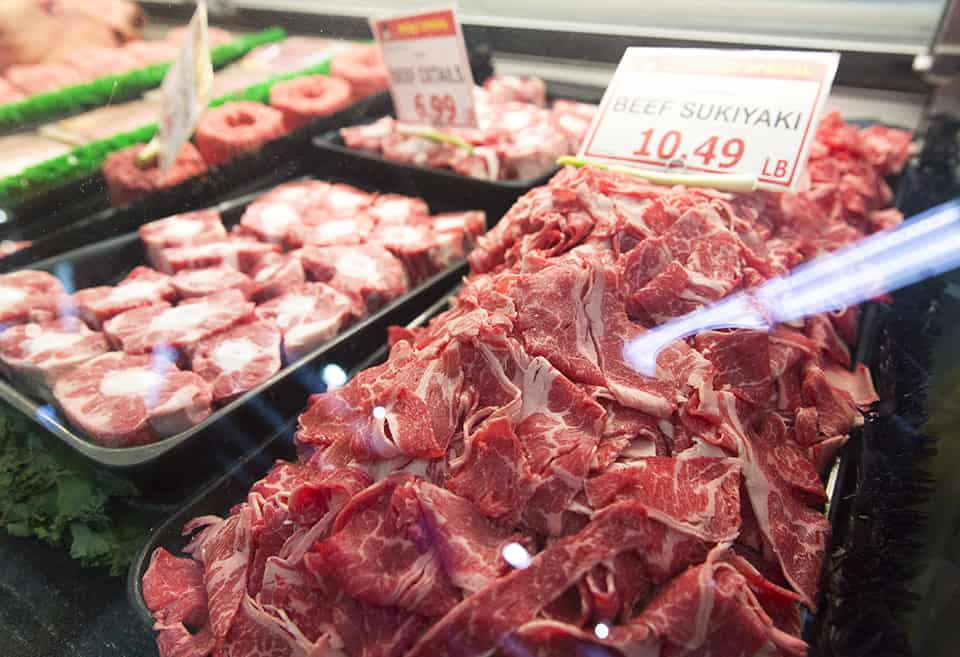
I was thrilled by what could be plundered, but also daunted, as ineffective as a young samurai without a sensei. That’s when I discovered Uwajimaya offered guidance in the form of Robert Giulietti, the store’s concierge. Tall and dark-haired, Giulietti was born in Japan and raised in San Diego, the son of a Japanese mother and an Italian-American father. He was the perfect sensei, able to demystify everything in the store.
-

The Thousand Recipe Chinese Cookbook A classic and essential resource for cooks at every level, this cookbook is considered the most comprehensive Chinese cookbook ever published for the Western world. Gloria Bley Miller distills centuries of Chinese recipes and techniques into concise, easy-to-follow directions.
“I do interactive demos at the store and want to build trust with our community,” he said. “And we have many people coming here with the (Amtrak Cascades) train station and the stadium nearby, so we hope more and more people will learn how to cook Asian dishes.”
Back in the produce section, he pointed out durian, which resembles a spiky, misshapen watermelon. It is infamous for an odor akin to raw sewage garnished with gym socks, yet with fruit purported to taste like caramel custard. Pass. Instead, Giulietti offered me a fresh lychee. The pinkish, astroturf-like skin of the malt-ball-sized fruit peeled away easily to reveal the sweet, translucent white flesh. Unable to shake an association with the syrupy, canned variety omnipresent in the Chinese restaurants of my youth, I browsed on.
Giulietti pointed out naga imo, a Japanese-style mountain potato shaped like a cucumber. When grated, it adds moisture to okonomiyaki, a savory pancake made with shredded cabbage, green onion and strips of sliced pork belly, and garnished with Japanese style mayonnaise, bonito flakes, seaweed powder, red pickled ginger and Otafuku Okonomi sauce.
“It’s a great way to get kids to eat cabbage,” Giulietti said.
It also has a fun factor. When the bonito flakes are sprinkled on top of the hot cake they “look like they’re dancing,” he said.
That hit the sweet spot: Making this at home would satisfy my yen for the exotic, and appeal to my 9-year-old son, too. We roamed the store, gathering the ingredients and set off for home.
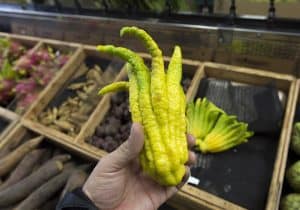
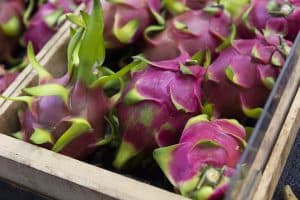
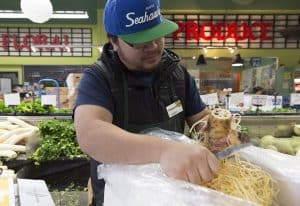
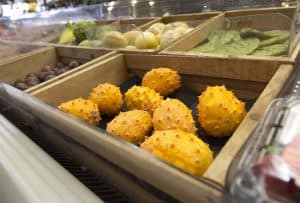
Where to Taste
Okonomiyaki
Tako Kyuuban inside the Uwajimaya store makes takoyaki (octopus balls), which has many of the same ingredients and flavors of okonomiyaki. Seoul Tofu House has panjeon (Korean pancakes). Unlike some other Korean restaurants that typically serve panjeon with seafood, Seoul Tofu House has a mushroom option for vegetarians who want to venture beyond tofu.
Ping’s Dumpling House is predominantly Chengdu style, serving the Chinese version of the dish, green onion (or scallion) pancake (cong you bing in Mandarin, chong yau bang in Cantonese). Henry’s Taiwan Kitchen serves oyster pancakes, a famous Taiwanese dish.
Authentic Eats
Harbor City Restaurant
707 S. King Street, Seattle
The glistening Peking duck on spits in the window will beckon you from street and will not disappoint.
Where to Stay
Panama Hotel
605 ½ Main Street, Seattle
Built in 1910, it is evident that this national landmark was once an essential resource for the Japanese community, and offered a bathhouse, too. Sip tea and play mahjong in its atmospheric cafe and be in the center of the International District, a prime spot for Asian culinary exploration.
Don’t Miss
Seasonal Food Tours of the Wing Luke Museum of the Asian Pacific American Experience
719 S. King St., Seattle
Getting Around
The International District is best covered on foot and is an easy walk from the southern reaches of downtown Seattle. Uber is another good option.


